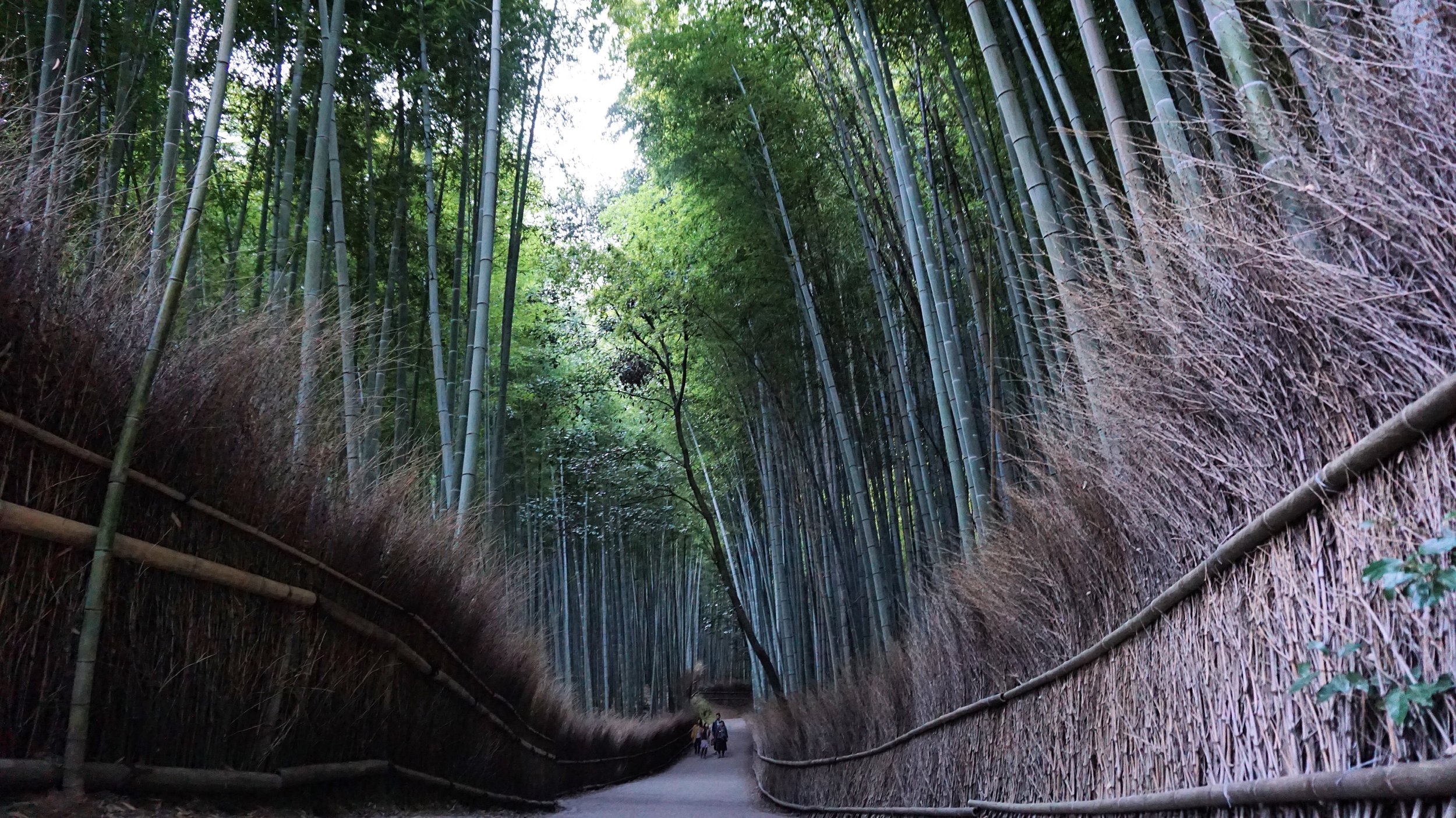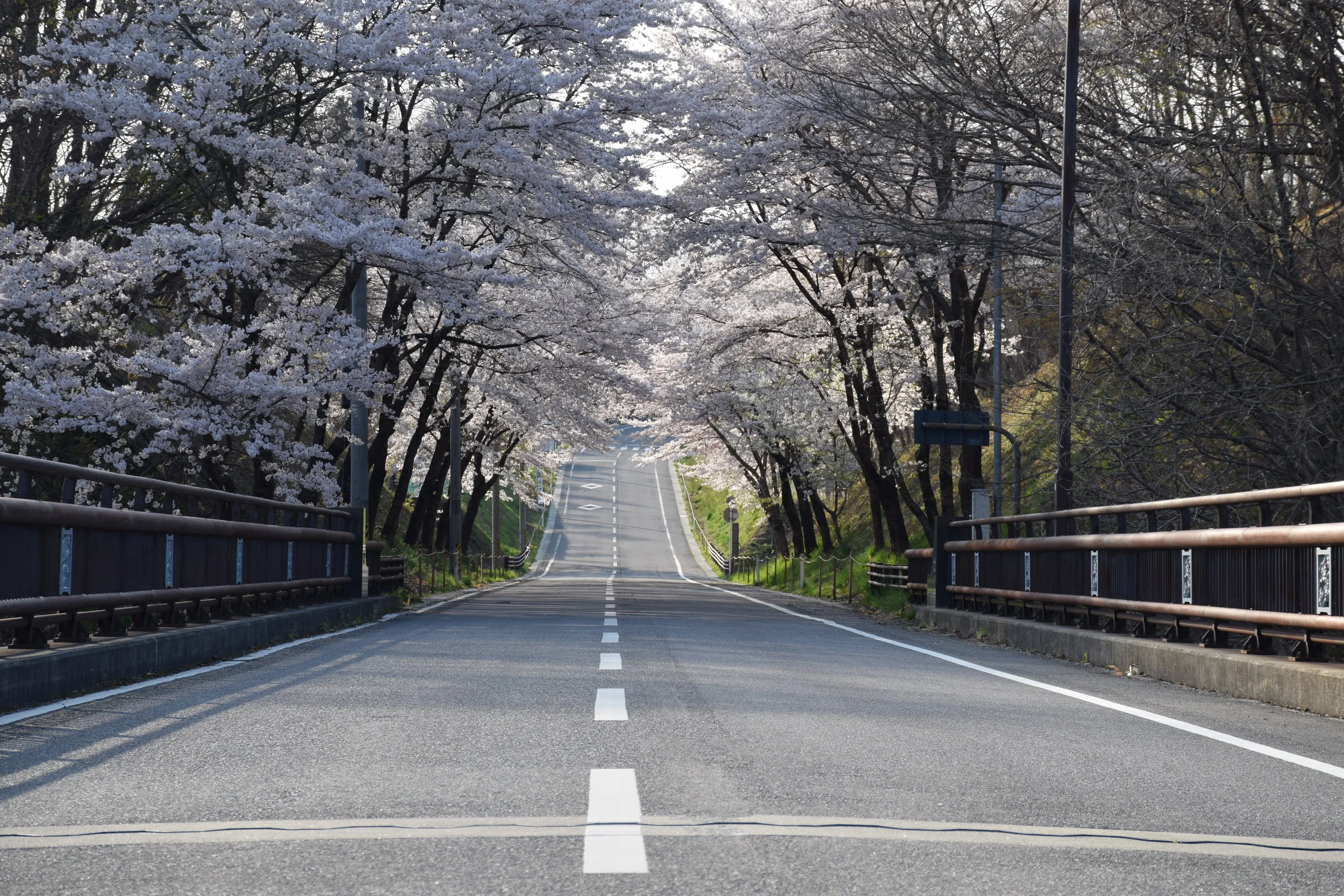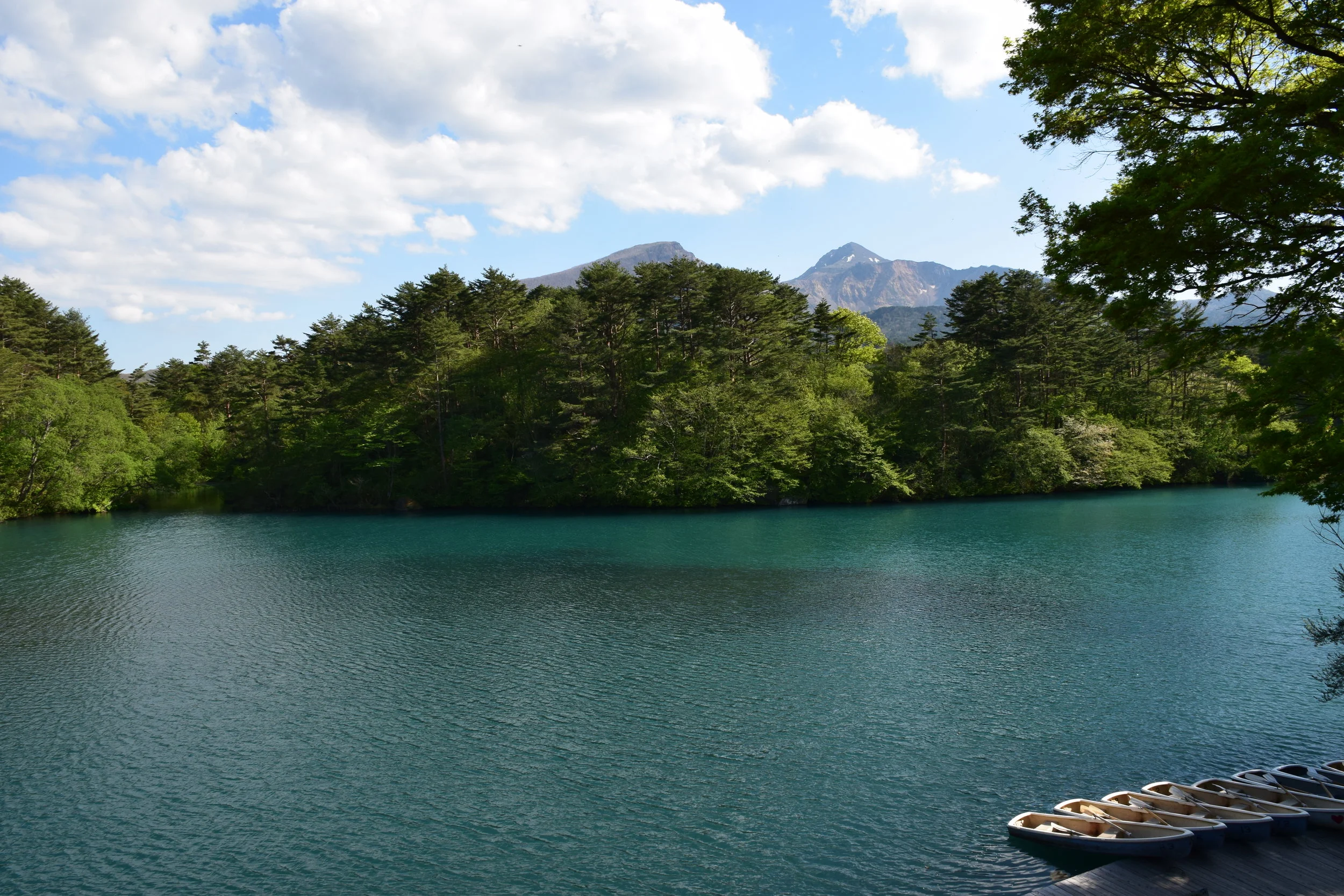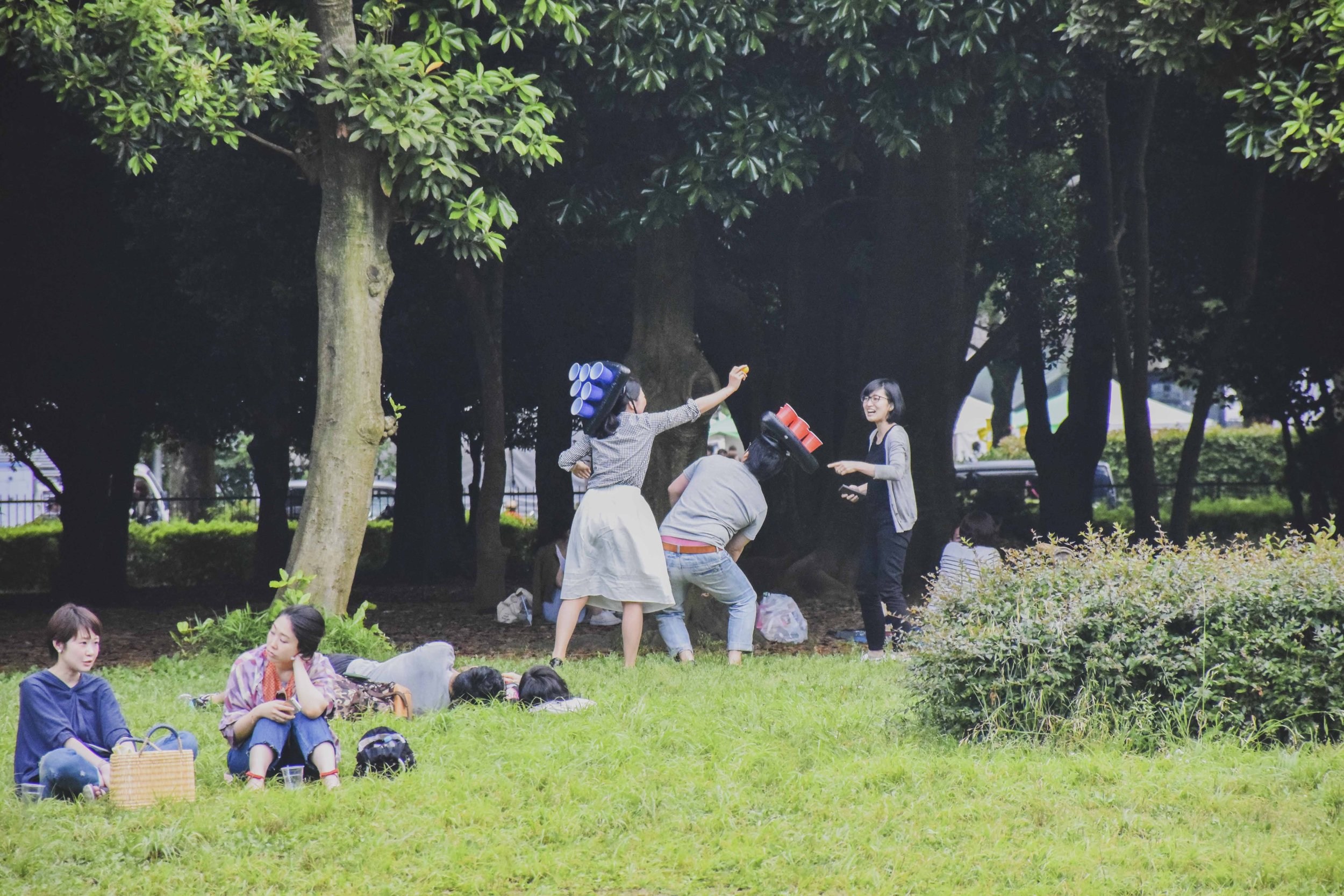
Japan 2011-2017


Shibuya Crossing
Shibuya crossing is Tokyo's biggest and most iconic. Every day thousands of people cross one of Tokyo's busiest shopping districts.












Fushimi Inari
Dating as far back as the 8th century, Inari mountain in Fushimi district of Kyoto has been regarded as a holy mountain. For centuries it has been used as a center of commerce, and prayer to the Inari deity. The torii gates lead all the way up to the top of the mountain, about a 2-3 hour hike.







Hiroshima Bay
On the Left is Miyajima Island, famous for the floating Itsukushima shrine. On the right is Hiroshima City. Everyday ferries go back and forth between the mainland and the famous island carrying hordes of tourists who want to catch the shrine at it's most picturesque high tide. On our way back to Hiroshima, the sky opened and the sun flooded the surreal valleys along the bay.

Miyajima means Shrine Island
The iconic floating tori gate of Miyajima at a less then iconic time of day. Basho says the massive gate, which has been maintained and rebuilt over centuries, is one of the three most beautiful views of Japan. Even at low tide, I think his critique holds muster.

Hiroshima Bay
On the Left is Miyajima Island, famous for the floating Itsukushima shrine. On the right is Hiroshima City. Everyday ferries go back and forth between the mainland and the famous island carrying hordes of tourists who want to catch the shrine at it's most picturesque high tide. On our way back to Hiroshima, the sky opened and the sun flooded the surreal valleys along the bay.


The iconic floating tori gate of Miyajima with paddle boaters getting the best view out of anyone. Basho says the massive gate, which has been maintained and rebuilt over centuries, is one of the three most beautiful views of Japan. Even at low tide, I think his critique holds muster no matter what angle you look.

Tamamatsukuri-Onsen
Legend says the gods have bathed here in Tamamatsukuri-onsen, Japan's oldest onsen village, once a year since the creation of Japan. The super heated mineral water is said to cure skin ailments and bring back elasticity. The town is dotted with statues by Satoshi Yabuuchi depicting local legends, like Okuninushi and the hare.


Beyond the Bomb: Hiroshima’s Beloved Okonomiyaki Pancake
The hot summer air is thick, even after the sun has set. Every night, the streets of Hiroshima crawl with men and women released from a long day’s work, craving their favorite dish. The enticing scent of a grill fills the air, and the flavor adventure is about to begin, if you can find a seat at one of the popular eateries here.
When you hear the word Hiroshima, chances are that food isn’t the first thing that comes to mind. In a town shadowed by its atomic legacy for the last 70 years, most foreigners do not know that Hiroshima has another claim to fame: okonomiyaki.

Traditional Japanese Rice Harvest
The air is crisp, the leaves are falling, and the terraces are peaking with full crops of rice plants in picture-perfect patterns waiting to be picked, just as they have been for centuries. It’s harvest season in Japan, but a lot has changed over the years.
The number of rice-producing households in Japan has decreased, and the price of the grain has increased.







Kagetsu
Nagasaki's Kagetsu, the playground of Samurai's past, and now a Geisha restaurant serving ornate shippoku cuisine. Not only is the restaurant famous for the imbibment of legendary feudal warriors, it also boasts Japan's first western style room. Tile floors, Dutch lanterns and glass windows with a Chinese lattice pattern. All of this was introduced to Japan here, in Nagasaki.

O-Kunchi
A dutch style dancer performs in front of Geisha during Nagasaki's annual O-kunchi festival. The three-day long Shinto holiday has been celebrated in Nagasaki for nearly 400 years. During Japan's infamous period of isolation and ban on Christianity, O-kunchi was used a subversive way to seek hidden practitioners. If the traveling shrines and floats showed up to your property during the three day tour, and you couldn't bow or offer anything, you would be suspected of practicing the banned religion. Now O-kunchi has a far less sinister appeal. It is used as a way to showcase Nagasaki's neighborhoods, who each rally behind a different float or shrine. As always Nagasaki's vibrant multicultural history is on full display with Chinese, Portuguese, and Dutch influences still felt.


The first Western Room in Japan
This “western-style room” is ornamented with red-and-black tile floor, an old-style Dutch lantern, and Chinese lattice-pattern windows—a contrast from the usual stark tatami mat style that is indicative of Japan. According to the book, Tea of the Sages, the art of sencha Kagetsu’s western room called “Harusame no ma” [Spring rain room in Japanese] was “constructed in 1642 and restored during the 1870s. A hybrid western-Chinese aesthetic dominated this room furnished with tables and chairs, a novelty in Japan but common to both Chinese and western domestic interiors.”
Read more about it, and the historic restaurant it is located in on National Geographic's Voices Blog.

Holiday Lights
Many the world over know Japan as a country on the forefront of technology. Bullet trains speed through the country at over 200 mph, vending machines sell anything from Coca-Cola to fresh produce, and convenient capsule hotels host late-working businessmen and curious tourists alike. But did you know that one of Japan’s earliest pioneers of modernization was a Nagasaki-residing Scottish entrepreneur named Thomas B. Glover?
Read more about Nagasaki's push for technology on National Geographic's Voices Blog.


Sanriku
Two years after the tsunami destroyed the Pacific Northeast, I was fortunate enough to return to Ofunato. To my surprise the day I arrived was the opening day for the famous sanriku train line since the earthquake and waves destroyed it four years ago today. It was a simple yet enthralling ride, especially for those who had not left Ofunato since the tsunami hit. This was a return of something precious, a little piece of normal. The train line is now fully operational.




Iwate San
Mount Iwate, or Iwate San in Japanese, rests in the background capped with a cloud in 2013. Just outside of Moriokoa City, Iwate san is the 2nd tallest mountain in Japan.

The Wrong Mountain
We got up to the top of Iwate-san. We looked around us, marveled at how fast it took. I looked behind us–there was Iwate-san. We climbed the wrong mountain. It was still beautiful on the crips fall day.

Fresh Sanma
Grilled Sanma fresh picked off the Sanriku Coast in October 2011.

Miharu Fukushima, home to one of the oldest cherry trees in japan and the world, Takizakura. The train station is lined with blossoms, just getting you excited for the giant millennium aged tree in the heart of the village.




























_DSC8173_3.JPG

_DSC6908.JPG

DSC_0027.JPG

DSC_0046_1.JPG

_DSC0042.JPG

DSC_0169.JPG

DSC02130.JPG

DSC_0180.JPG

DSC_0836_1.JPG

DSC_0644.JPG

DSC_0809.JPG

DSC_1715.JPG

DSC00325.JPG

DSC_0105.JPG

DSC_6214.JPG


























































































